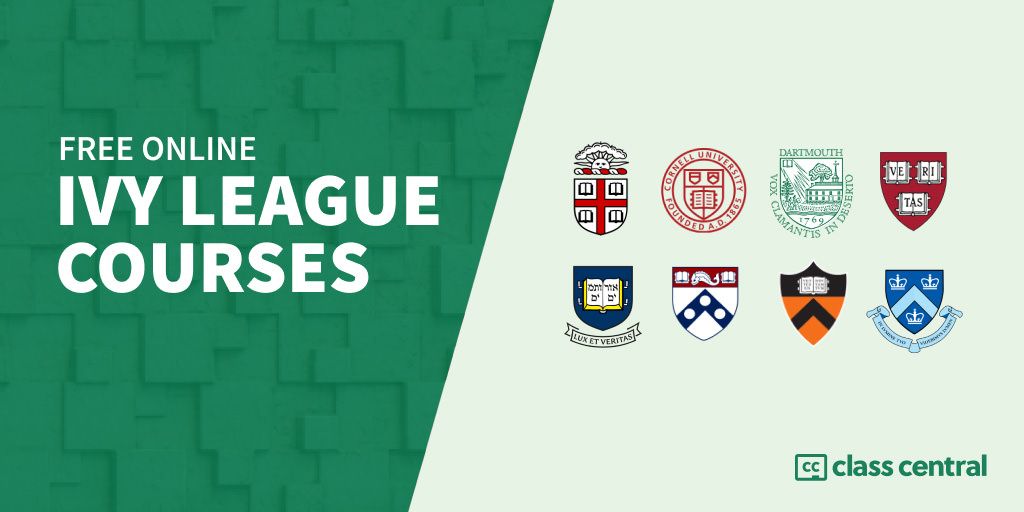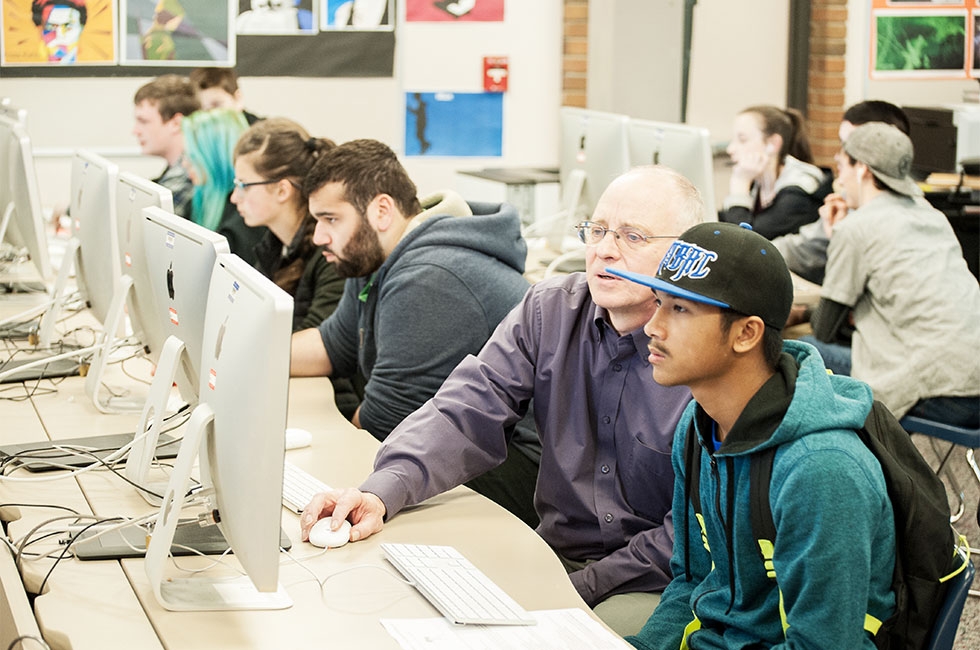
You are not the only person concerned by segregation within your school. Many educators and parents wonder about the consequences for student performance. There are legal issues surrounding the constitutionality and constitutionality of segregated schools. This article will discuss some of these issues. This article discusses segregation and its impact on student performance.
Signs of segregated schools
There are signs of a segregated school, but they are not always obvious. However, these signs can indicate a school struggling with race relations. The most obvious is a classroom filled with students of one race. These students should all be high achievers and have great grades. But there are subtle indicators such as students from one religion or of the same socioeconomic status. Another sign of a segregated school is a classroom that has a low number of students from different races.
School segregation is a persistent problem in the United States. Despite all efforts to integrate schools, many southern states remain segregated by their race. This is because southern United States school districts are larger and often include whole counties. Because of the high number of white students in southern school districts, integration is typically much easier. Recent years have seen segregation in these large districts start to break down. White neighborhoods tried to form all-white school zones, and conservative legislatures are considering dividing up large districts.

Impact of segregation on student performance
Studies show that students who are socially disadvantageous, especially those living in high-poverty, segregated neighborhoods, have lower student performance. This disadvantage is more severe for families who have lived in the area for generations. Housing policy also has an impact on education policy. Schools must be desegregated in order to improve educational outcomes for both low-income and affluent neighborhoods. Unfortunately, the history of racial segregation has hindered efforts at desegregating schools.
Research on the effects that segregation has upon academic performance is lacking. More research should be done to determine the impact of different types of segregation. Particular attention should be given to the socioeconomic consequences of segregation. These studies could help guide educational policy decisions and help combat the negative peer effects of segregated schools.
Constitutionality in segregated schools
One of the most significant cases in American history is the Brown case. It challenged the constitutionality separating schools. The suit's proponents were harassed, hounded, then expelled from white landowners. The plaintiffs were sharecroppers from South Carolina, and they filed the case against segregated schools.
Desegregation efforts were initially based on busing black students to predominantly white schools. These busing programs proved unpopular among both blacks and whites. In addition, the newly integrated schools were located in poorer communities and had limited resources. A busing program led to white families fleeing the city. The federal government ultimately made it possible that schools could show progress in desegregation.

1951 saw the United States District Court hear Brown v. Topeka. At the time, the NAACP argued that segregated schools sent an unequal message to black children. The Topeka Board of Education in Kansas claimed that segregation was present in all aspects of their lives, regardless of the court's ruling. Black students weren't taught the names of famous black people and were therefore not prepared to deal with real life.
FAQ
How much time should I spend studying each semester?
The time it takes to study depends on many factors.
You may be required to take certain classes annually by some schools. This means you won't necessarily have the flexibility to take fewer courses in a given semester. Your advisor will tell you which courses are required for each semester.
How do I select my major?
Students choose their majors by their interests. Because they find it easier to study something they love, some students choose to major on a subject that they really enjoy. Others wish to pursue a career that is not available. Others choose a major to make money while they study. Whatever your reasons may be, you should consider what job you might enjoy after graduation.
There are many methods to learn more about the different fields of study. Talk to your family and friends about their experiences. Read magazines and newspapers to see if there are any careers listed. Talk to your guidance counselor at school to learn more about possible careers. Visit your community center or library to find out more about Career Services. Your local library has books on a variety of topics. You can search the Internet for information about specific careers.
What is the difference in a university and college?
A university is an institution that offers higher education. It offers both undergraduate and graduate courses in many fields.
A college is typically smaller and less well-known than a university. While it may offer fewer programs, many colleges have their own specialist departments.
What is vocational school?
Vocational schools provide programs that prepare people for a specific job. They can also offer training in specific skills and general education.
Vocational education is an essential part of our society as it helps young people acquire the skills necessary to succeed in their lives. It ensures all students have access high-quality learning opportunities.
The vocational school offers a wide range of options to its students. These include certificates, diplomas and degrees, as well as apprenticeships and certificates. Vocational school students learn both academic subjects and more practical subjects like math, science, English or social studies.
Statistics
- Think of the rhetorical power of nineteenth-century abolitionist Harriet Beecher Stowe, Martin Luther King, Jr., or Occupy Wall Street activists with their rallying cry of “we are the 99 percent.” (bostonreview.net)
- And, within ten years of graduation, 44.1 percent of 1993 humanities graduates had written to public officials, compared to 30.1 percent of STEM majors. (bostonreview.net)
- Among STEM majors, that number is 83.5 percent. (bostonreview.net)
- In most developed countries, a high proportion of the population (up to 50%) now enters higher education at some time in their lives. (en.wikipedia.org)
- “Children of homeowners are 116% more likely to graduate from college than children of renters of the same age, race, and income. (habitatbroward.org)
External Links
How To
How to apply for homeschooling
Homeschooling involves the teaching of subjects to children through a variety of methods including reading books, watching videos, exercising, and listening to music. Because students can learn at their own pace as well, homeschooling is one of most effective learning methods. It allows them to develop skills such a problem-solving, critical thought, self-discipline. communication, and social skills.
People who wish to educate their children at their home are more common than ever, particularly parents who work full-time but don't have enough time for their children. If this is the case, they have two options: homeschooling or a private school. This allows them to spend their time and energy on education instead of worrying about whether someone will be available to look after their children.
Homeschooling has many benefits. They can develop their ability to think critically and create, increase their knowledge, improve their language skills, develop their identity, become independent learners and have greater control over their lives than if they were in school.
The primary goal of homeschooling, is to give high-quality education to children to enable them to become successful adults. There are certain prerequisites that must be met before you start homeschooling. This includes determining whether your child qualifies to attend private or public schools. The type of curriculum that you choose to use for homeschooling is an important consideration. You have many options when it comes to curricula online. These can be customized to suit your needs, budget and level of expertise. There are several types of curricula available online, including classical, Montessori Waldorf Reggio Emilia Charlotte Mason, natural learning, unschooling, Waldorf, Reggio Emilia and Reggio Emilia. It is also important to have the resources you will need to teach your child. This includes purchasing books, educational materials, computers and electronic devices. These items can be purchased online or in local shops.
Once you've completed the above steps successfully, you can register yourself as a parent who homeschools. Contact your state department for education to get help. They will help you fill out forms and advise you on how to start homeschooling.